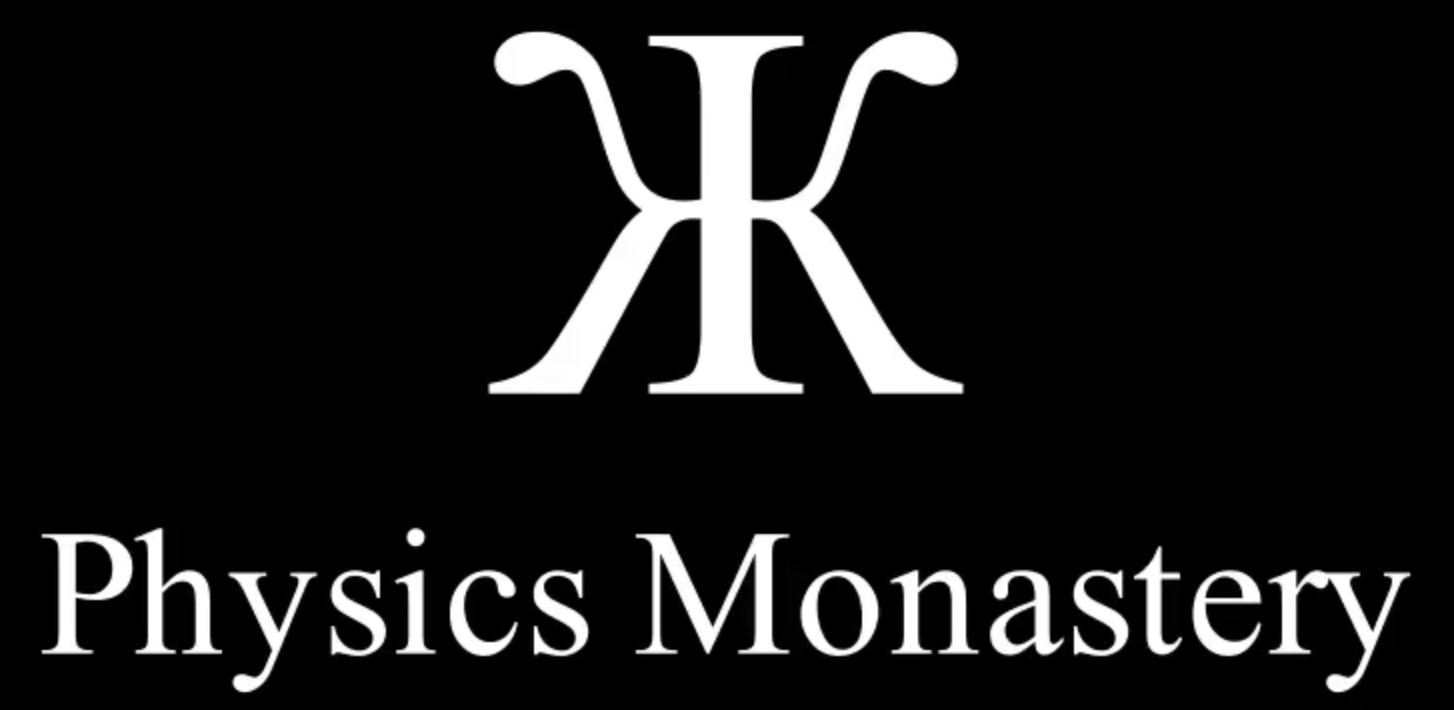coherent units
There are  coherent units (or bases) of atomic logic, the: second, meter, coulomb, kelvin, and kilogram. Each of these bases defines a unit in the internally consistent constructive logic of persistent forms ( atoms ).
coherent units (or bases) of atomic logic, the: second, meter, coulomb, kelvin, and kilogram. Each of these bases defines a unit in the internally consistent constructive logic of persistent forms ( atoms ).
units of atomic logic
Combining those  coherent units—without any scalars—gives us the composite units of physics and chemistry. All of these units work in unison, logically capturing the action parameters of allowed atomic exchanges.
coherent units—without any scalars—gives us the composite units of physics and chemistry. All of these units work in unison, logically capturing the action parameters of allowed atomic exchanges.
composite units of atomic logic
There are also  derived units of atomic logic, the: megahertz, femtometer, electron-volt, megaelectron-volt, and the gigaelectron-volt. These are defined as products of powers of the base units ( or combinations of the base units ) without any additional numerical factor other than one. That is, every derived unit has a value of 1 raised to some power of 10—making them coherent with the rest of the units of atomic logic.
derived units of atomic logic, the: megahertz, femtometer, electron-volt, megaelectron-volt, and the gigaelectron-volt. These are defined as products of powers of the base units ( or combinations of the base units ) without any additional numerical factor other than one. That is, every derived unit has a value of 1 raised to some power of 10—making them coherent with the rest of the units of atomic logic.
derived units of atomic logic
Note, the mol is not a unit of measure—it has no dimension. It is a numeric amount, found to be special in atomic constructions. The candela is a unit of luminous intensity—an amount of lumens ( a unit based on the sensitivity of the human eye ) divided by 4 steradians ( the geometric unit of solid angle ).
steradians ( the geometric unit of solid angle ).
